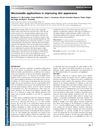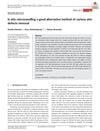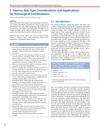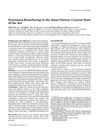Microneedling: Current Status and Systematic Literature Review
June 2017
in “
Journal of Plastic Reconstructive and Aesthetic Surgery
”
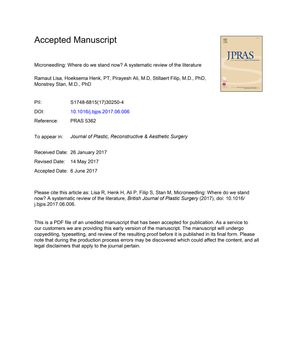
TLDR Microneedling is a safe and effective treatment for various skin conditions, often preferred for its fewer side effects and shorter recovery time.
In 2018, a systematic review analyzed 37 studies, including 13 randomized controlled trials, 7 controlled clinical trials, and 17 prospective clinical trials, with a total of 1063 participants, to evaluate the effectiveness and safety of microneedling for various skin conditions. The conditions studied included atrophic acne scars, skin rejuvenation, hypertrophic scars, keloids, striae distentiae, androgenetic alopecia, melasma, and acne vulgaris. Microneedling was found to be a safe and effective treatment, often preferred over other treatments like fractional lasers and chemical peels due to fewer side effects and shorter downtime. It was effective both as a standalone treatment and when combined with other therapies, such as topical products or radiofrequency. Despite these positive findings, the review highlighted the need for more standardized and high-quality randomized controlled trials with longer follow-up times to further establish microneedling as an evidence-based option for skin treatment, particularly for hypertrophic scars and keloids. Adverse effects were generally mild and transient, with rare cases of serious side effects due to improper use. The heterogeneity of the studies prevented a meta-analysis, indicating a need for methodological unity in future research.
